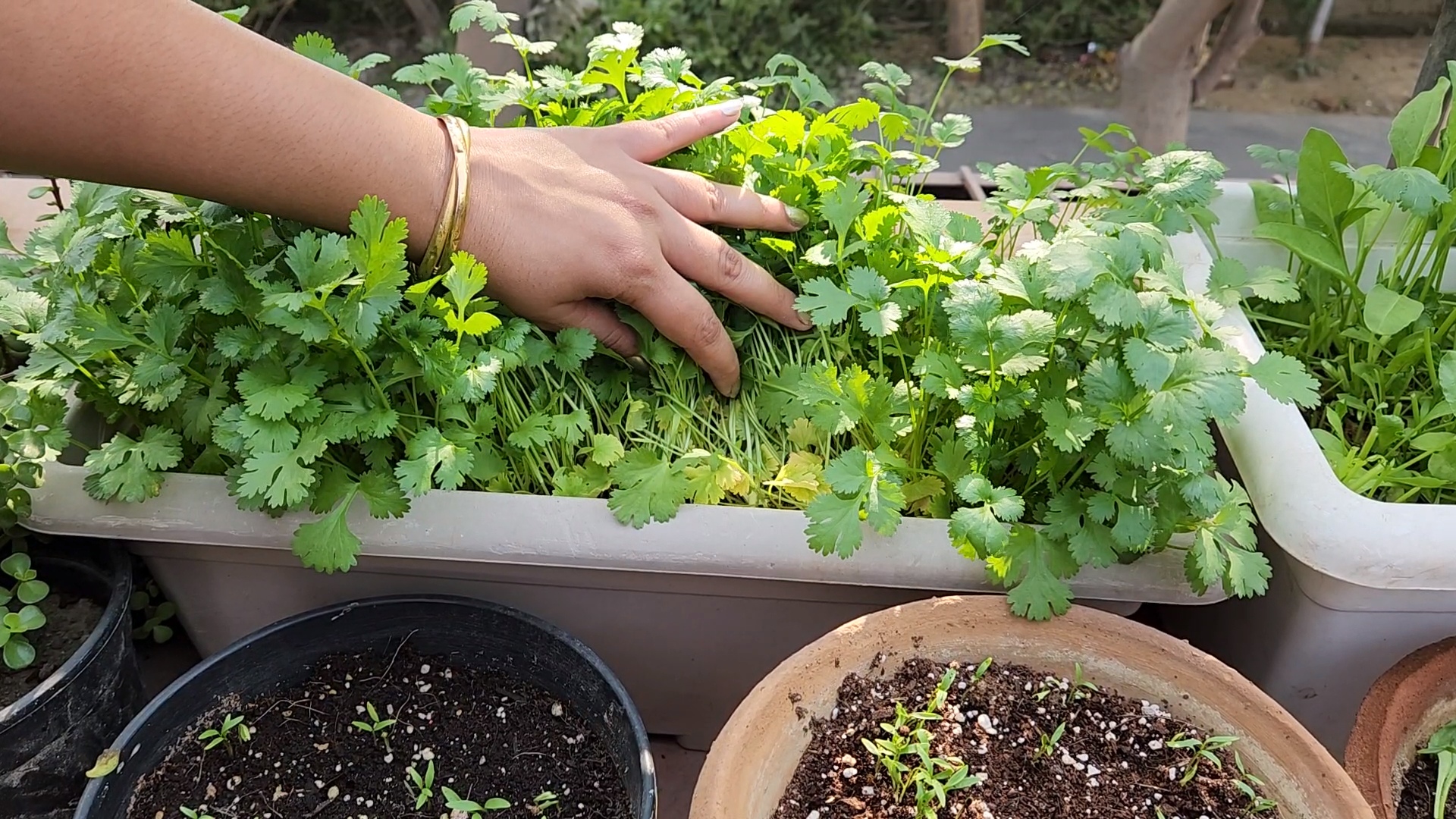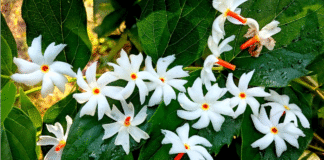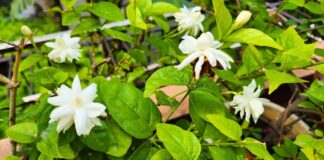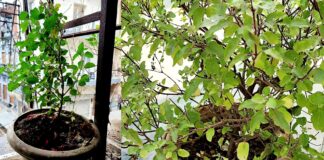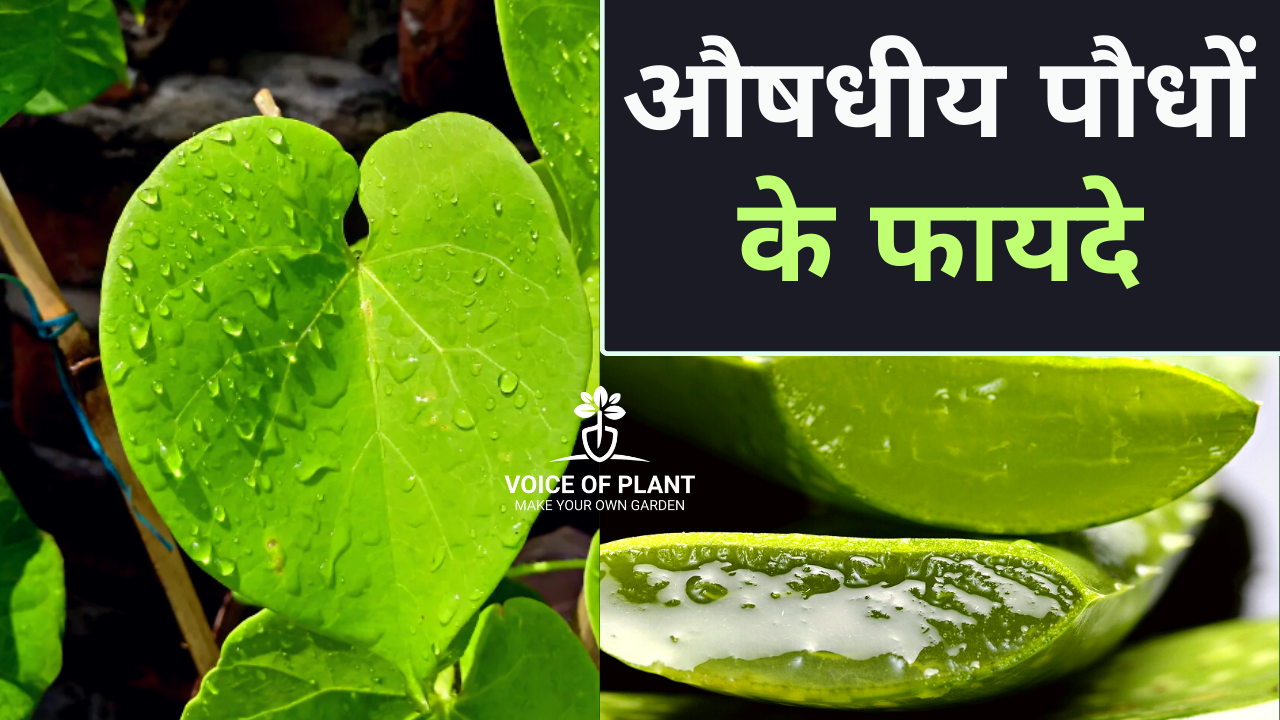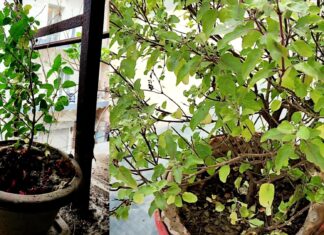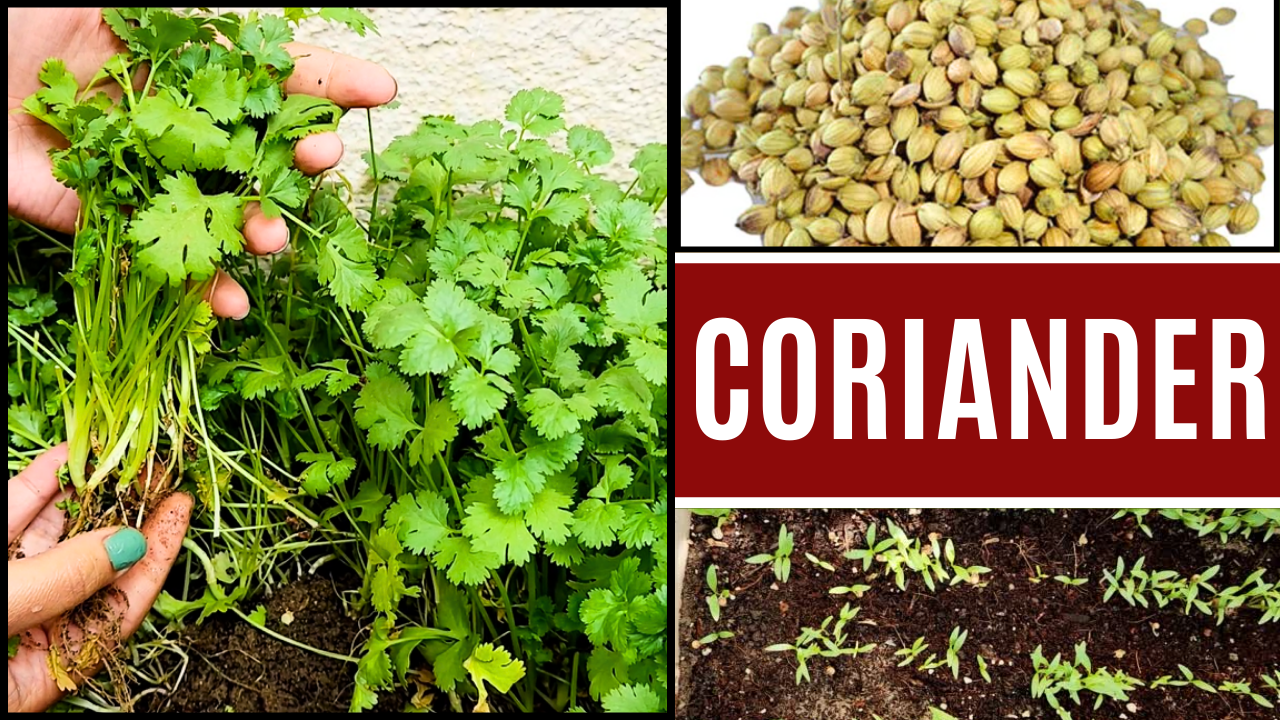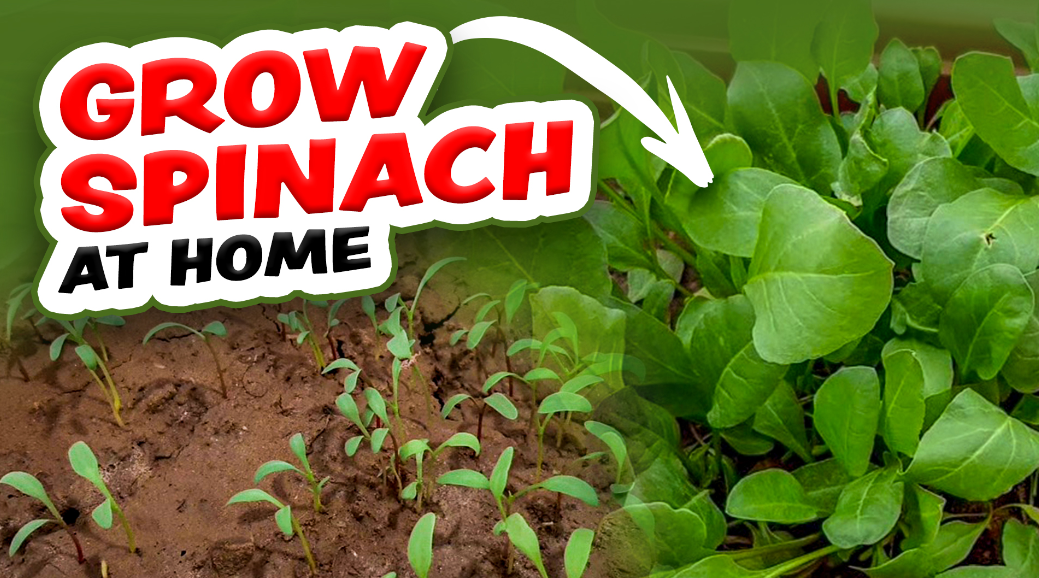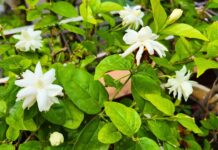Introduction
When we cut the leaves, stems, branches, roots, flowers, or any part of the plant to give it a shape and for the growth of the plant, that process is called pruning. It is the process of selectively removing parts of plants to control plant growth and development in a particular pattern.
Generally, we do two types of pruning in gardening;
1. Light Pruning

In light pruning we cut the small parts of the plant, its spent flowers, yellow or dead leaves to maintain plant shape, encourage growth, and keep the plant healthy.
- It is done regularly during the growing season without removing large portions of the plant.
2. Hard Pruning

In hard pruning we cut the maximum part of the plant, its large branches, stems to rejuvenate overgrown plants or control size.
- It is done annually (once in a year) during the beginning of the growing season of the plant.
Understanding Hard Pruning
Hard Pruning is an important task in gardening for plant growth and flowering. It is like giving your plants a big haircut! Instead of just cutting here and there, you cut them back a lot, usually close to the ground or the main stem.

- It is like hitting the reset button for your plants. Instead of just making them look neat, hard pruning makes them grow back stronger and healthier.
Here, we have the answers for all the queries:
- Why should we do Hard Pruning of Plants?
- Which plants should be Hard Pruned?
- When to do Hard Pruning of Plants?
- What are the effects of hard pruning on the plant?
Why should we do Hard Pruning of Plants?
Hard pruning is typically necessary in situations where a plant has become overgrown, stopped growing, damaged, or unmanageable.

Consider a plant with long, thin stems.
- Although it may still produce leaves and flowers, they might be sparse and undersized. However, by performing hard pruning—cutting the stems close to the base—we stimulate the growth of new, thicker stems. These fresh stems sprout healthy branches, sizable leaves, and profuse blossoms.
- Moreover, hard pruning encourages the emergence of multiple stems with numerous branches, resulting in a denser plant.

Conversely, if we prune the stems from the tip, the plant’s growth becomes upward-oriented, leading to elongated, thin stems and sparse foliage. This undermines the plant’s density and overall health.
Which plants should be Hard Pruned?

Hard pruning is typically performed on perennial plants with typical stems and numerous branches.
Examples include Tulsi, Curry plant, Hibiscus, Lemon plant, Mango plant, Night Jasmine (Parijat), Aprajita, and Rose plants, etc.
Seasonal plants like annual flowers (Marigold, Petunia, Dahlia, etc.) or vegetables (Tomato, Eggplant, etc.) do not require hard pruning as they complete their life cycle within a single growing season.
Timing of Hard Pruning is crucial
1. Duration: Once in a year
Hard pruning of a plant should ideally be conducted once a year.
- This frequency is recommended because hard pruning involves major cutting, which can be stressful for plants.
2. When to do Hard Pruning of plants?
We should do hard pruning at the beginning of the growing season of the plant.
For summer and winter plants such as Curry leaves, Tulsi (Holy basil), Night Jasmine (Parijaat), Roses, etc., it is advisable to perform hard pruning in early spring season.
What are the effects of hard pruning on the plant?
4. Disease Prevention: By removing diseased or infected wood, hard pruning can help prevent the spread of pathogens and diseases within the plant.
5. Enhanced Aesthetic Appeal: In addition to its practical benefits, hard pruning can also improve the aesthetic appeal of a plant by shaping it into a more attractive form.
Proper Tools and Equipment

Using the proper tools and equipment is essential for successful hard pruning.
- Sharp, clean pruning shears or saws should be used to make clean cuts and minimize damage to the plant.
- It is also essential to wear protective gear, such as gloves and safety goggles, to prevent injury while pruning.
Fertilizers after Hard Pruning

After hard pruning, loosen the soil and apply a light, healthy fertilizer to your plant. You can use mustard cake, neem cake, vermicompost, or any other suitable fertilizer.
This was all about “HARD PRUNING”.
Make Your Own Garden!
